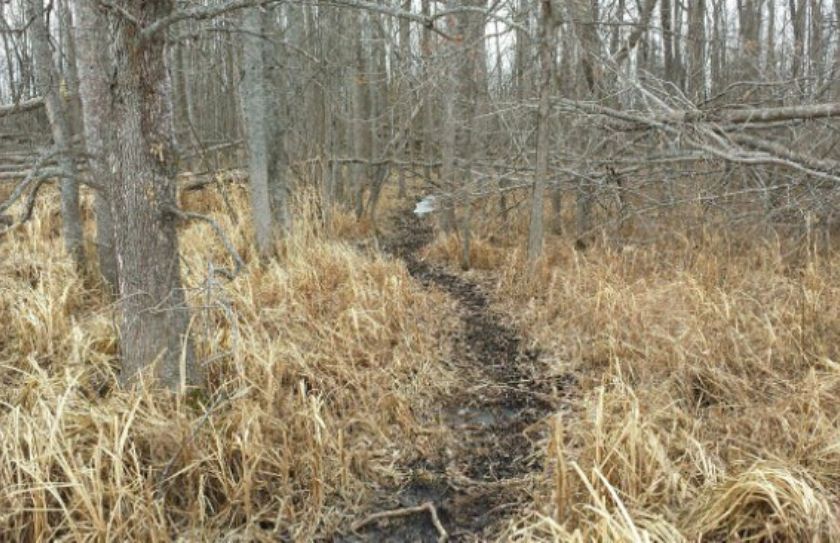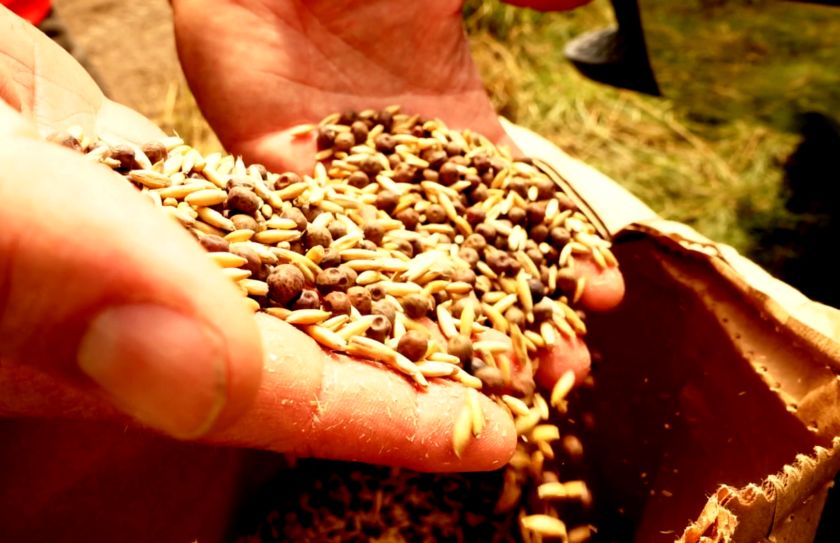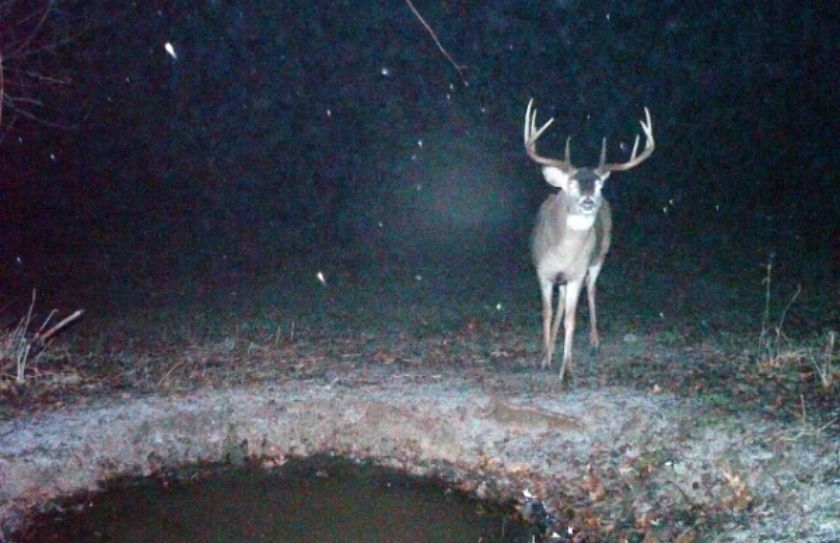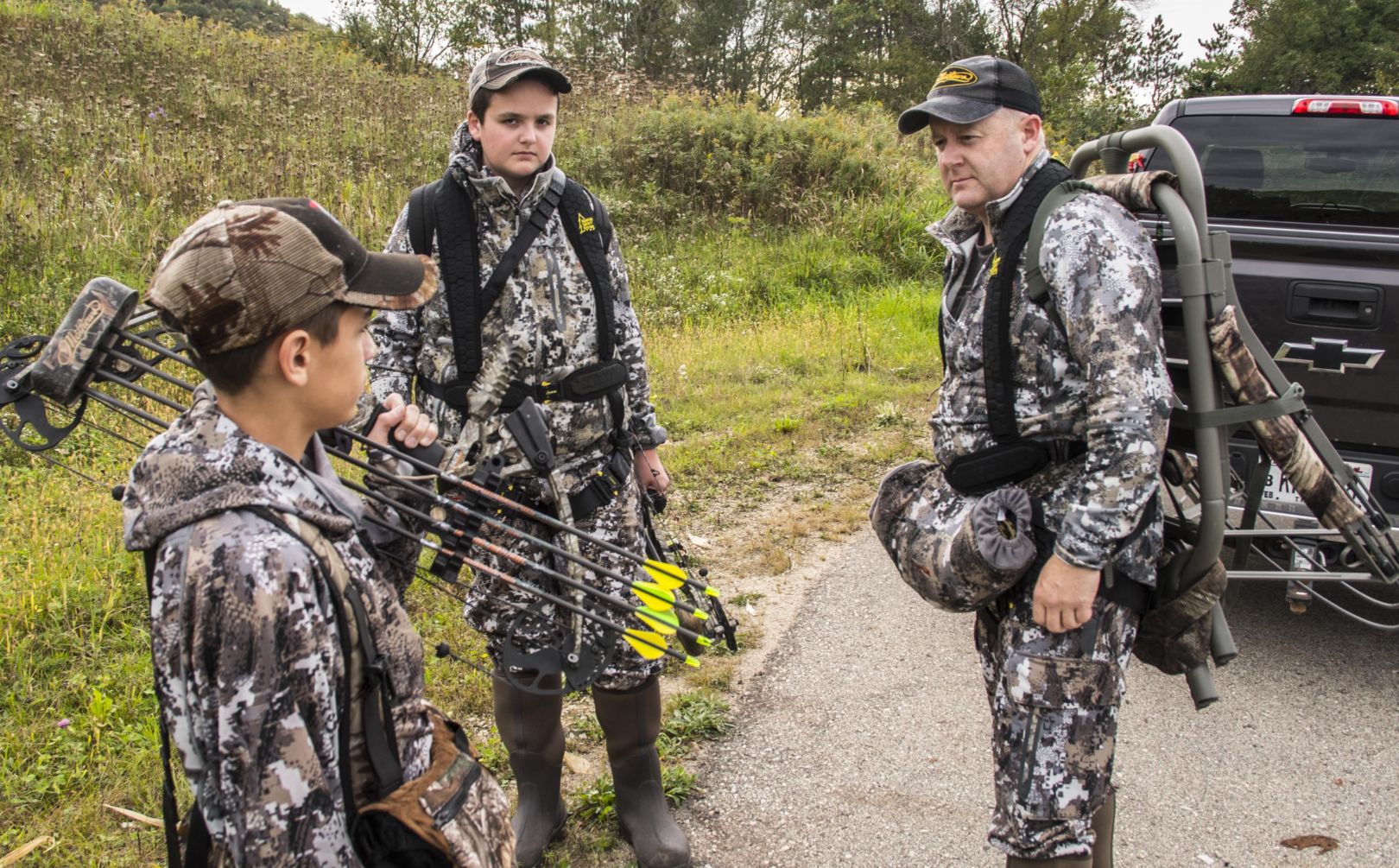
Brace yourselves, I may ruffle some feathers, but this is an article I feel needs to be written. I think it’s time for hunters to realize their personal responsibility when it comes to managing whitetails. It has unfortunately become the norm to blame the DNR for every shortcoming of whitetail management and hunting efforts.
Taking Responsibility for your Whitetail Herd and Habitat
As a full time whitetail nut, it’s often difficult to mask my opinion or stance on certain deer related topics. That’s why for the most part, when whitetail politics become the subject of conversation, I try to make myself scarce. I think it’s safe to assume that at one point or another, we have all experienced the fuming rants of a “Barstool Biologist.” Whether they’re targeting the DNR, predators, or their pesky neighbors, they always seem to have an unending place for blame when it comes to the perceived deficiencies in the local deer herd or hunting success. I have a hard time biting my tongue, because the truth is, I know that individual landowners can ultimately be in charge of their own whitetail fails or fortunes.

For in depth whitetail strategies on creating quality habitat, maintaining a healthy heard and precision hunting tactics, be sure to check out Jeff's Whitetails By Design Books Series!
Don’t Blame the DNR
The term “Barstool Biologist” was something I first heard from professors while studying wildlife at the University of Wisconsin – Stevens Point. In those 4 years, I only began to understand a small sliver of the difficulties faced by Natural Resource governments. Imagine juggling the goals and expectations of hunters, conservationists, habitats, and wildlife populations. Hunters expect success year after year. Conservationists demand sustainability, abundant populations, and ethical management techniques. These are two often conflicting ideals to please, all while ultimately aiming at the moving target of a healthy ecosystem.
During those college years, I tended bar to help make ends meet. Behind the bar, I heard the opinions of countless hunters, conservationists, and even some Natural Resource officials. I’d categorize my personal ideology as a mix of the 3 values. I can confidently say that the hunters are the most unforgiving in the bunch. We take little responsibility, and unapologetically blame other facets of Natural Resource Management. Wolves, an abundance of tags, and “Brown It’s Down Neighbors” were by far the top 3 reasons why people didn’t fill their tags each season.
Habitat Improvements and Hunting Pressure
I always tried my best to cage my own opinions, but always wanted to ask about their hunting efforts. Had they hunted wisely? How was their access? Did they hunt when conditions were poor? Did they make improvements each year to encourage better herds on their parcel? What sort of food sources did their property offer? Did they have quality cover to hold deer throughout the hunting season? At the fear of sounding smug, I bit my tongue. But in all honesty, do landowners understand the influence they have on their own success?
Ever heard the expression, “Think Globally. Act Locally?” Although the scale is smaller, I believe the same principal should be the train of thought for the whitetail world. Believe it or not, you the individual landowner or leasee have immense impacts on the local state of the whitetail herd and hunt. That goes for large and small parcels alike. Jeff is a firm believer that no matter your property size, you have more control over your deer herd and potential hunting success than the DNR or your neighbors.
Here are just a few tactics you can employ to hold, shape, and hunt deer, no matter what the DNR regulations and tags permit.
Diverse Food Plots
Food is the base for a successful habitat design. The attractiveness of each type of food plot can change throughout the season. Monotone foodplots consisting of one species of forage can be overgrazed or simply unattractive to deer at certain points of the season. Diverse food sources greatly expand your potential. By creating food plots that appeal to deer throughout the fall, you can expect an increase in the number of deer that use them throughout the entire season. If you’re looking to increase your food plot’s diversity and appeal, check out this great article on Food Plots; Best 2016 Food Plot Mix.
Creating Deer Sanctuaries
This is a term that is often abused by hunters. A true deer sanctuary is “All Deer, All the Time.” That means that human sight, sound, and scent never enters them! There is no right answer for how many acres is necessary to create a sanctuary. Rather, you should consider what percentage of your property is dedicated to deer all the time. By improving your property’s overall efficiency, and accessing your treestands and trail cameras wisely, properties should often commit over 60% of the entire parcel to sanctuaries. These areas are critical for holding deer, and can ultimately improve the age structure of your herd by harboring up and coming bucks that are likely to be killed by neighboring hunters. If you’re interested in learning more, here is a great article on creating and maintaining areas that are truly Sanctuaries; Strategies For Creating Deer Sanctuaries.
Bedding Areas
I feel that the impact of quality bedding areas is greatly underestimated. By creating high quality strategic bedding areas, you can attract and hold deer throughout the entire season. Your bedding areas will appeal to the local deer herd, and as hunting pressure increases on neighboring properties, your parcels level of attraction will increase as a result of quality cover. To learn more about developing these deer magnets, check out this great article, Hinge Cut Bedding Guide.
Predatory Access
How you enter and exit your property, has incalculable power to spook or preserve your property. This is especially true when it comes to mature bucks. As bucks age, they become far less tolerant to intrusion. Pairing quality cover and diverse food plots is vital to designing appealing whitetail habitat, but how you hunt those improvements will ultimately determine if deer and more importantly, mature bucks will be comfortable using them. To learn more about proper access and hunting strategies, be sure to read, Predatory Access; A Chapter straight out of Jeff’s Book; Whitetails by Design.
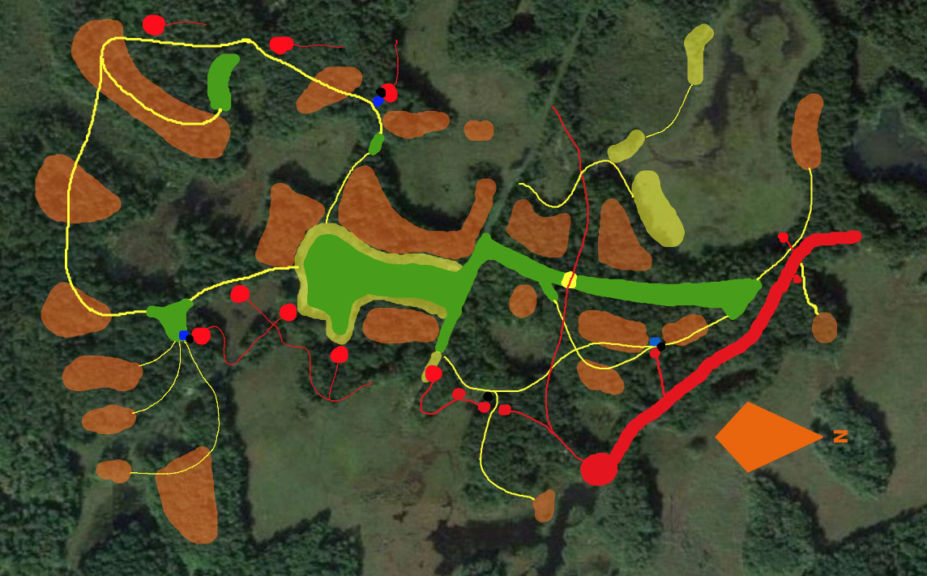
This is a prime example of a property that exhibits adequate food sources and quality bedding areas. The access to stand locations and trail cameras maintains a high level of property efficiency that will create excellent deer sanctuaries.
Conclusion
It’s time for hunters to take more responsibility. Rather than standing by and letting the DNR and neighbors dictate their potential for herd and hunting success, I urge you the landowner to realize that you are fully capable of having the most attractive habitat in the area. When you understand that you can hold, shape and hunt the herd in your neighborhood, you can easily comprehend that the DNR and your neighbors ultimately have far less control on your potential for success than you the landowner. If you’re interested in learning more and designing a habitat that works for you, feel free to reach out to WHS. We specialize in designing habitats that work with the resources your property already has, and developing systematic improvements to influence your habitat’s appeal and compliment them with fool proof hunting strategy and access recommendations. Here is a list of Whitetail Habitat Solutions Services!
By Dylan Lenz
